The Science of Soil: Finding Your Place on the Scale
Many are familiar with linear scales like the five-star rating system for restaurants, or the agree/disagree scale on personal assessments, but as soon as 'logarithmic' gets mentioned, things get scary. This animation touches on the difference between linear and logarithmic scales. Part of the "Science of Soil" series.
Media Details
Runtime: 8 minutes
- Topic: Business, Mathematics, Science
- Subtopic: Agriculture, Earth Sciences, Mathematics
- Grade/Interest Level: 7 - 12
- Standards:
- Release Year: 2014
- Producer/Distributor: LearningGamesLab
- Series: The Science of Soil
- Writer: Daniel Strauss
- Report a Problem
Available Resources
Related Media
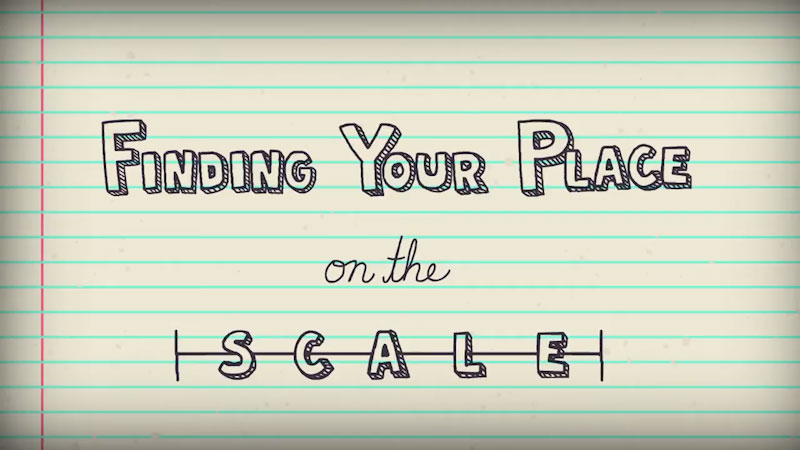
The Science of Soil
Season 0 / Ep 1
8 minutes
Grade Level: 7 - 12
The Science of Soil
Season 0 / Ep 1
8 minutes
Grade Level: 7 - 12
The Science of Soil: Finding Your Place on the Scale
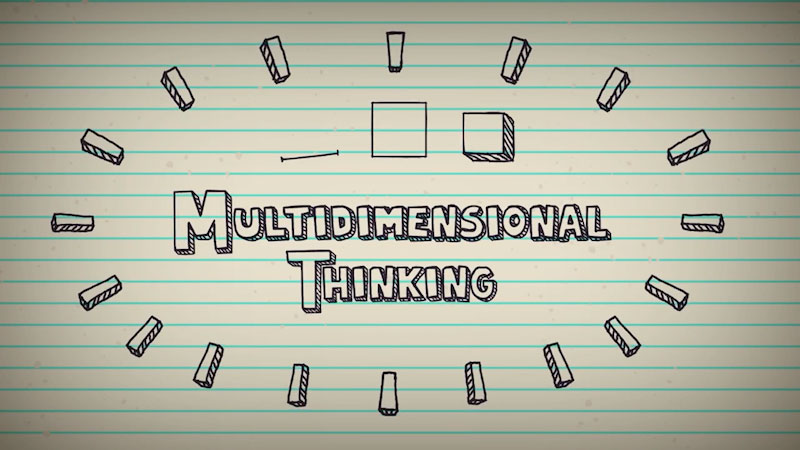
The Science of Soil
Season 0 / Ep 2
5 minutes 19 seconds
Grade Level: 7 - 12
The Science of Soil
Season 0 / Ep 2
5 minutes 19 seconds
Grade Level: 7 - 12
The Science of Soil: Multidimensional Thinking
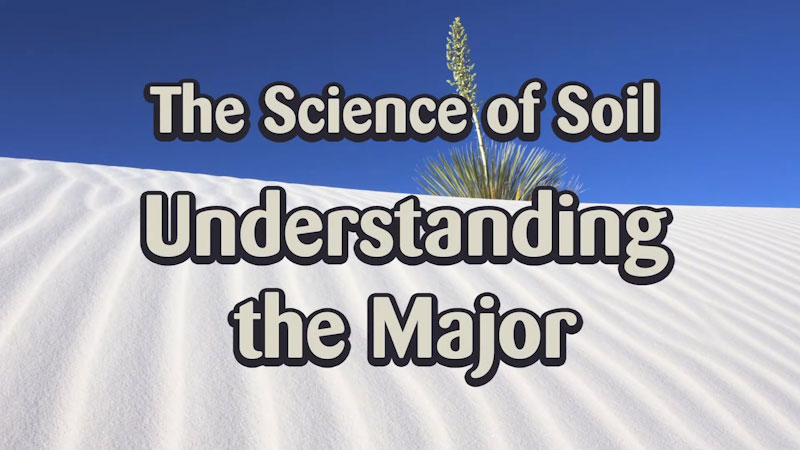
The Science of Soil
Season 0 / Ep 3
5 minutes 37 seconds
Grade Level: 7 - 12
The Science of Soil
Season 0 / Ep 3
5 minutes 37 seconds
Grade Level: 7 - 12
The Science of Soil: Understanding the Major

The Science of Soil
Season 0 / Ep 4
4 minutes 18 seconds
Grade Level: 7 - 12
The Science of Soil
Season 0 / Ep 4
4 minutes 18 seconds
Grade Level: 7 - 12
The Science of Soil: Why Study Soil?
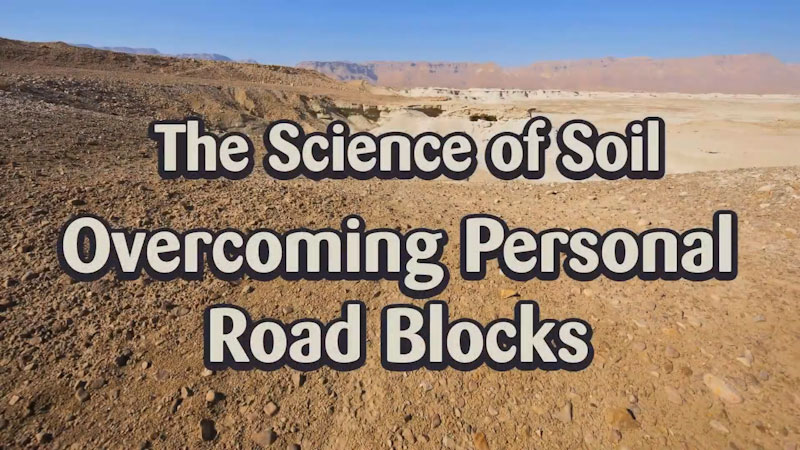
The Science of Soil
Season 0 / Ep 5
4 minutes 45 seconds
Grade Level: 7 - 12
The Science of Soil
Season 0 / Ep 5
4 minutes 45 seconds
Grade Level: 7 - 12
The Science of Soil: Overcoming Personal Road Blocks
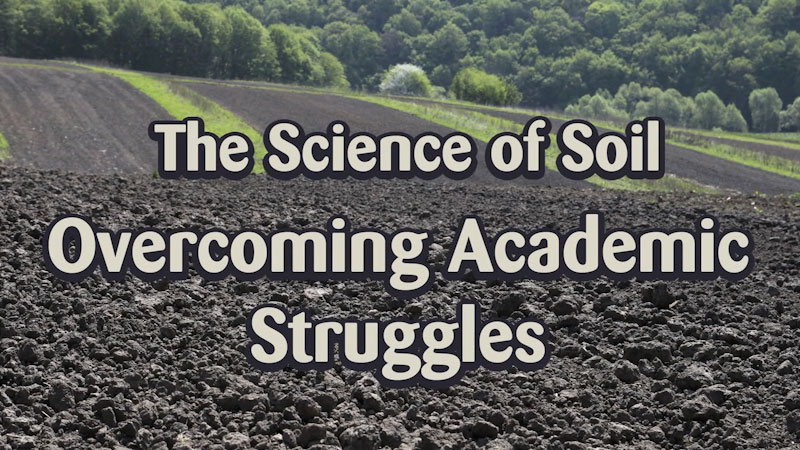
The Science of Soil
Season 0 / Ep 6
4 minutes 37 seconds
Grade Level: 7 - 12
The Science of Soil
Season 0 / Ep 6
4 minutes 37 seconds
Grade Level: 7 - 12
The Science of Soil: Overcoming Academic Struggles
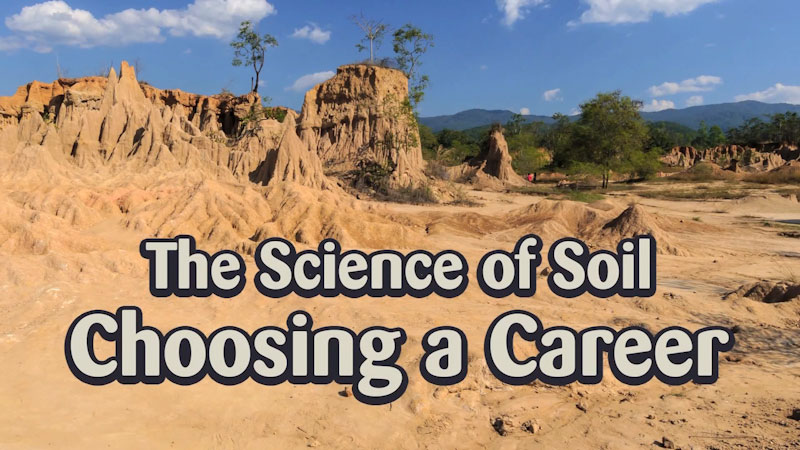
The Science of Soil
Season 0 / Ep 7
3 minutes 9 seconds
Grade Level: 7 - 12
The Science of Soil
Season 0 / Ep 7
3 minutes 9 seconds
Grade Level: 7 - 12
The Science of Soil: Choosing a Career
